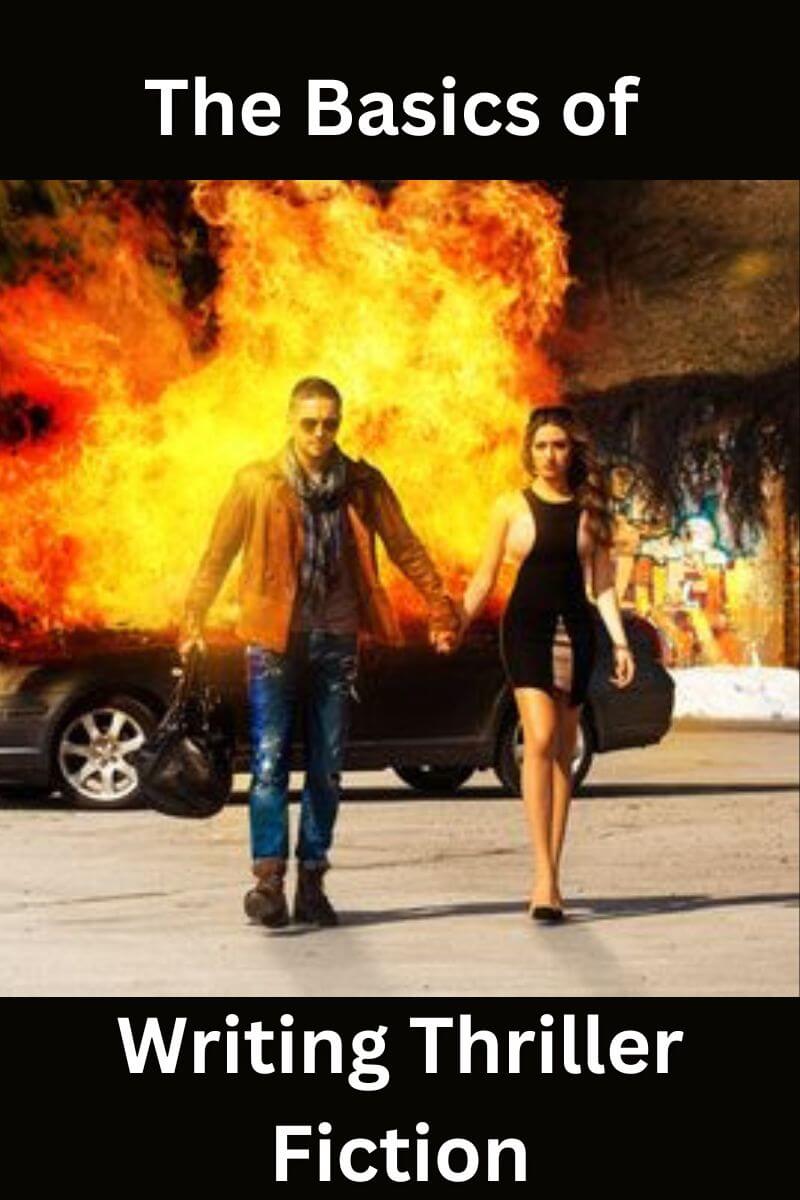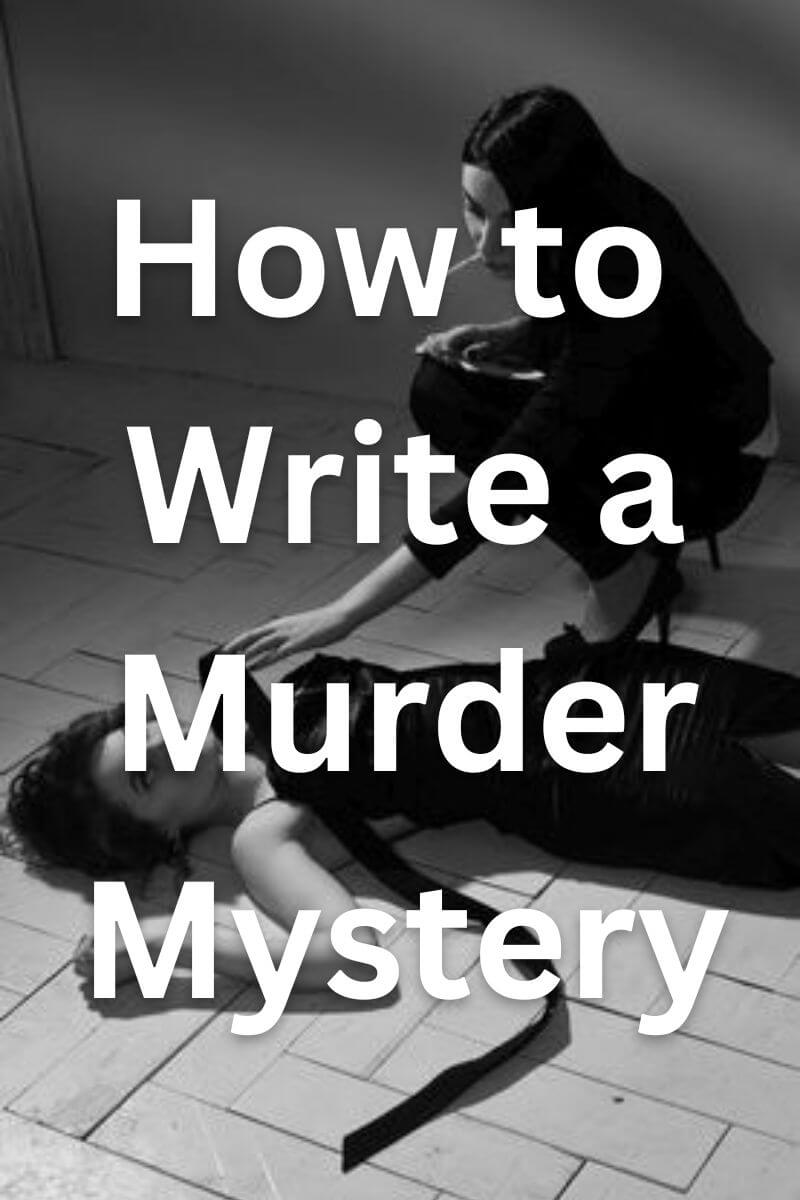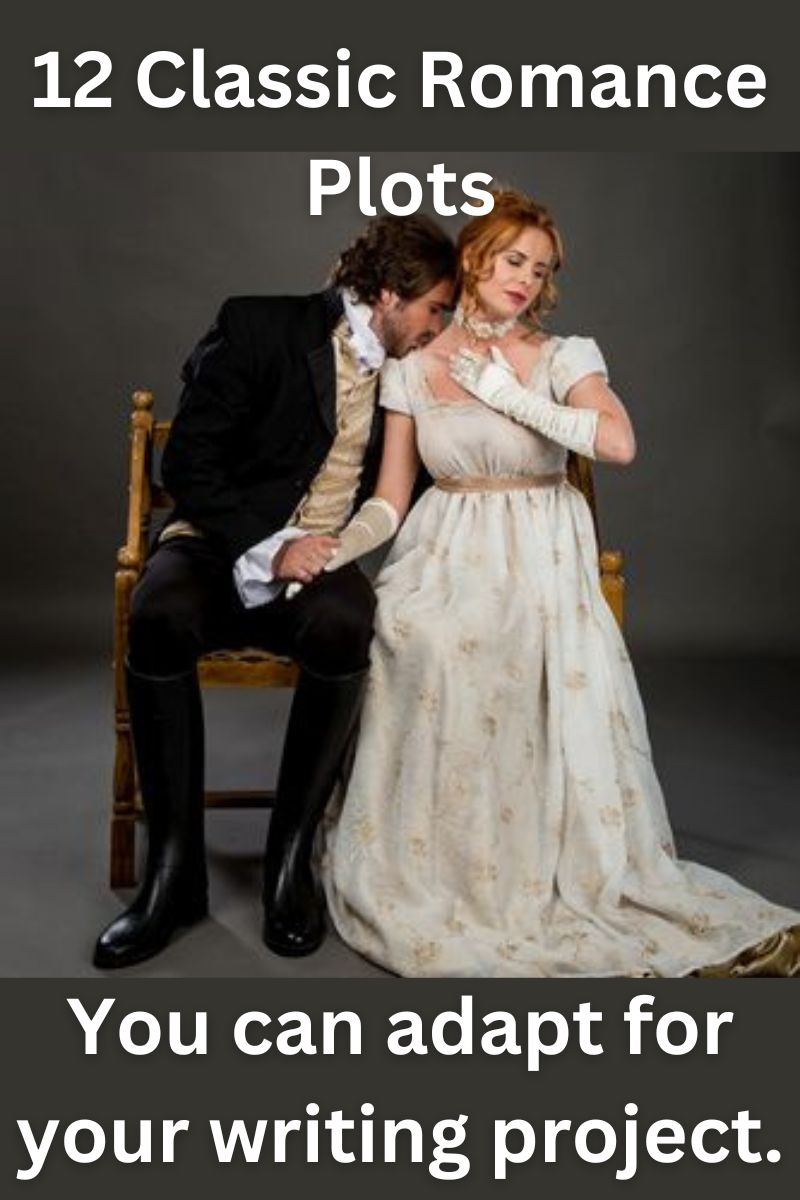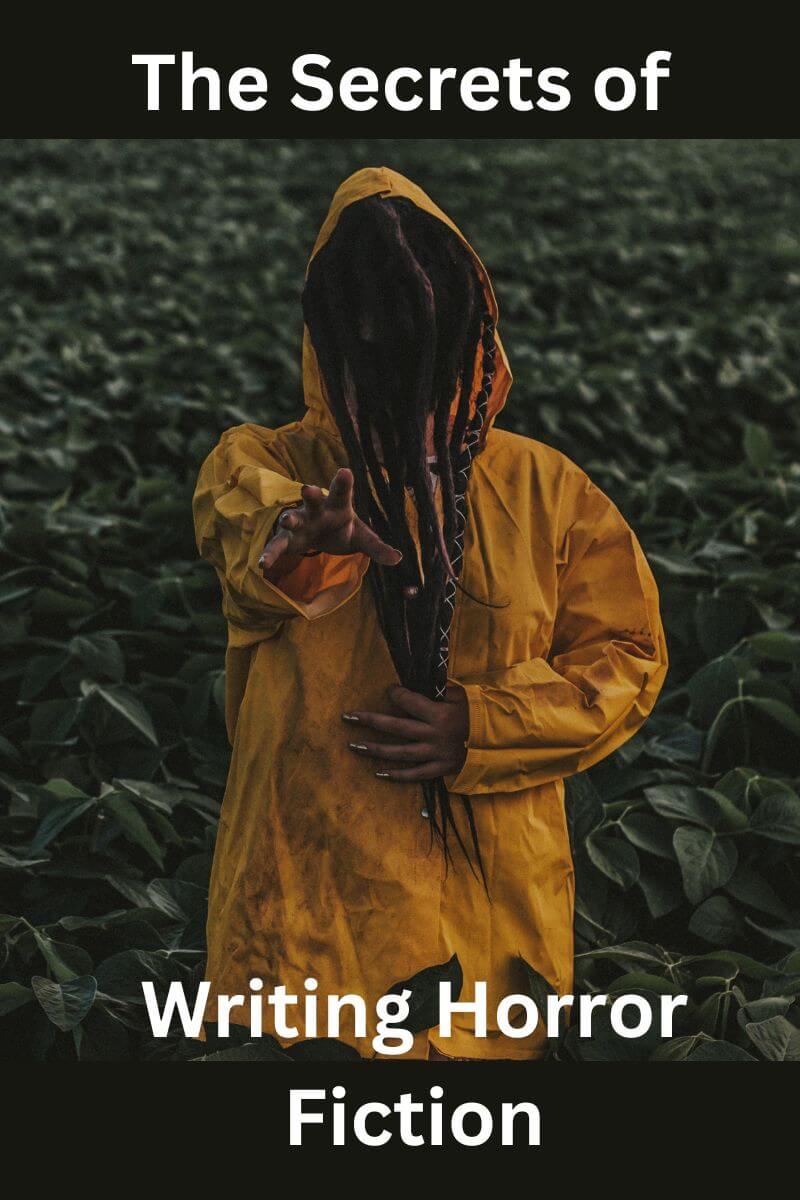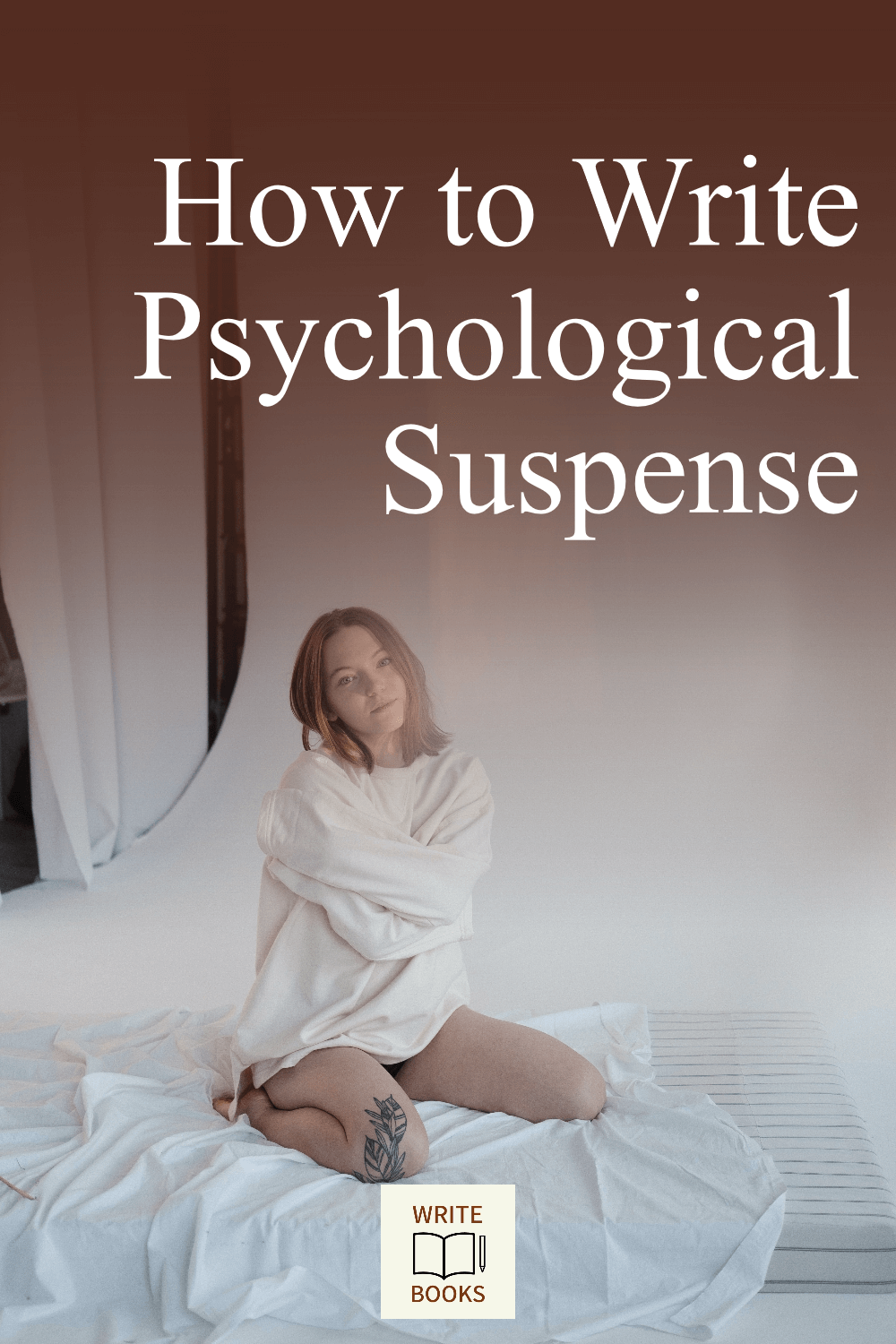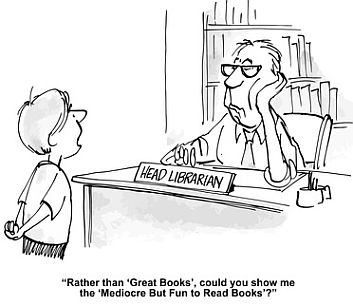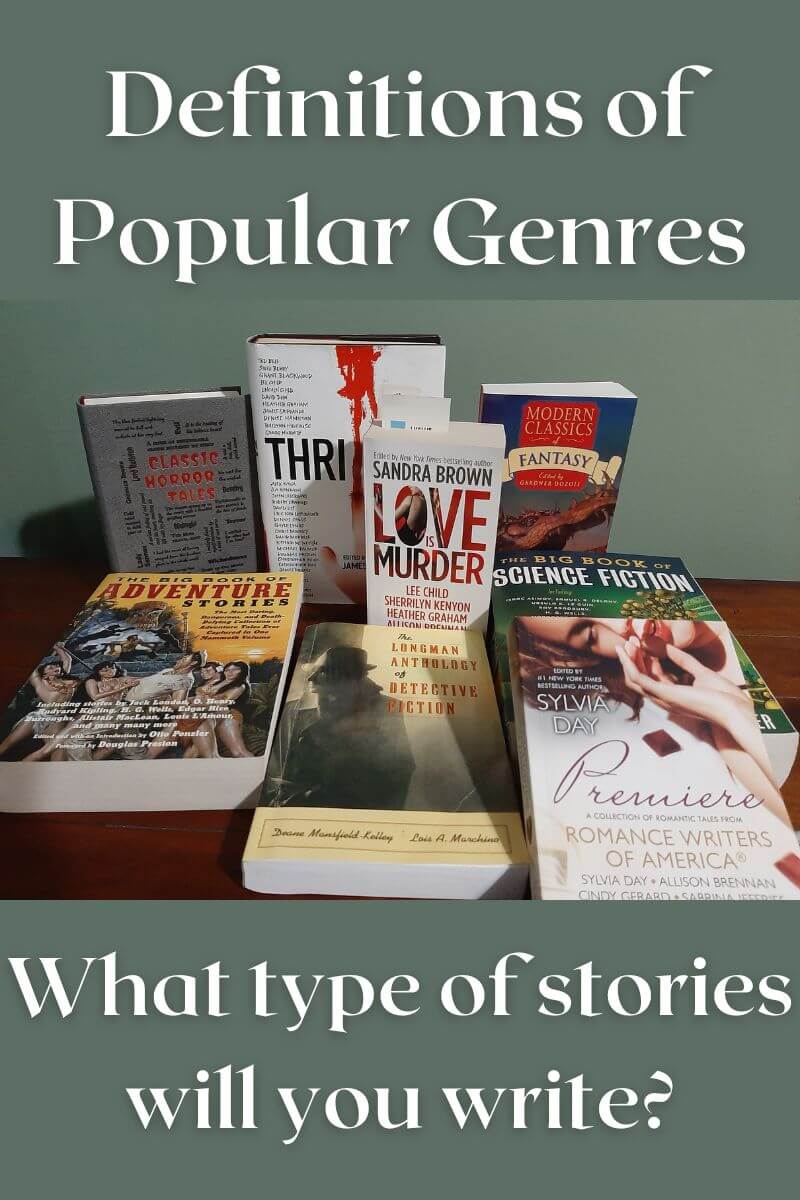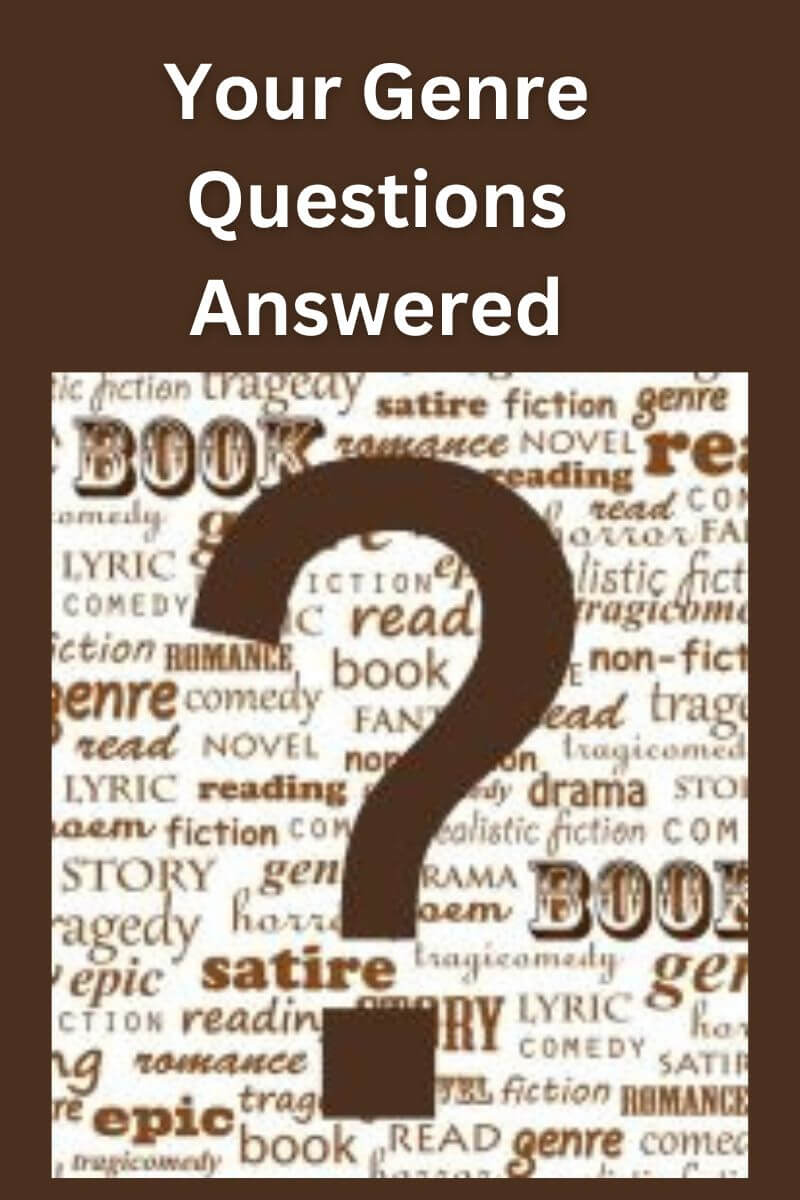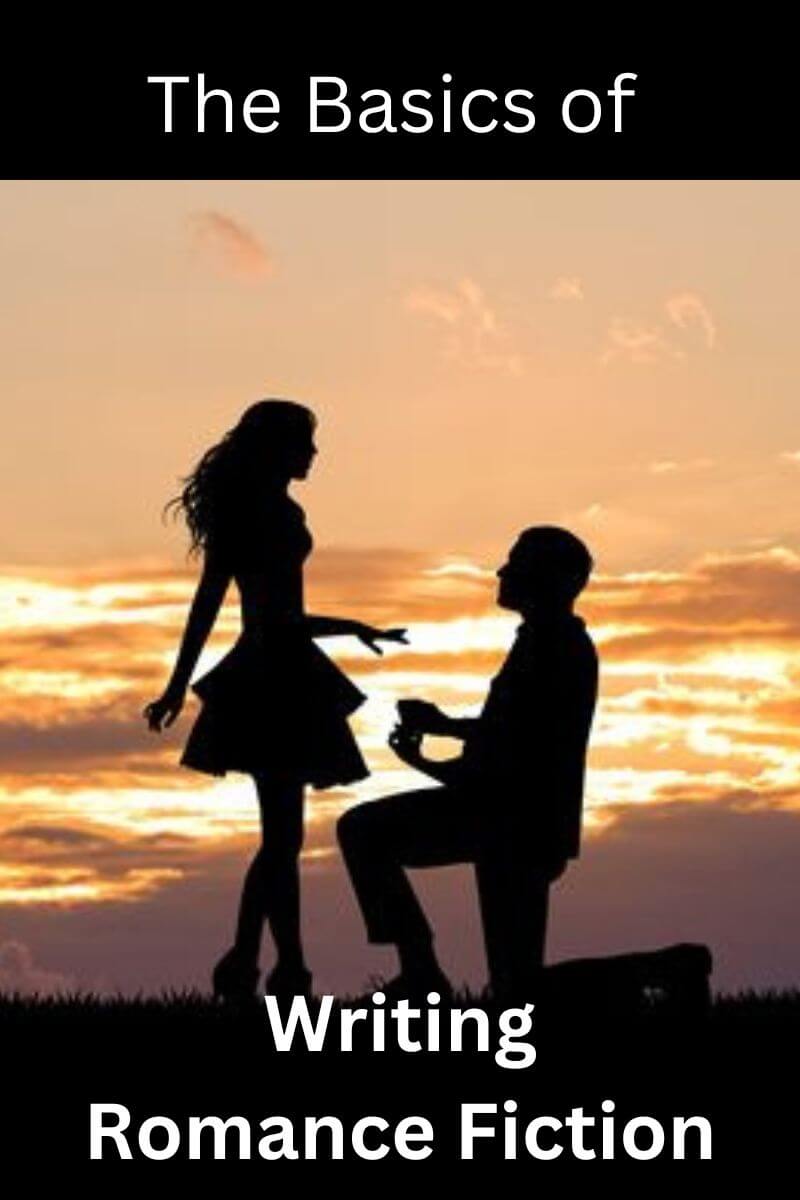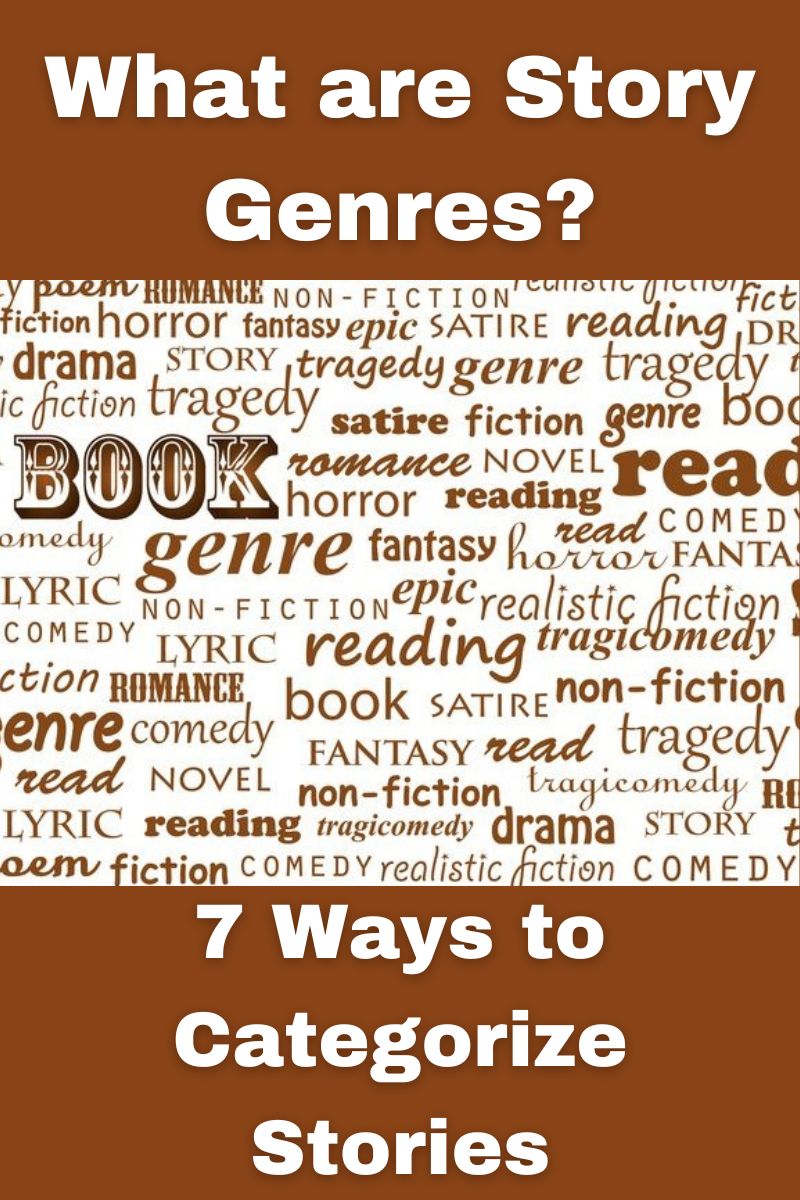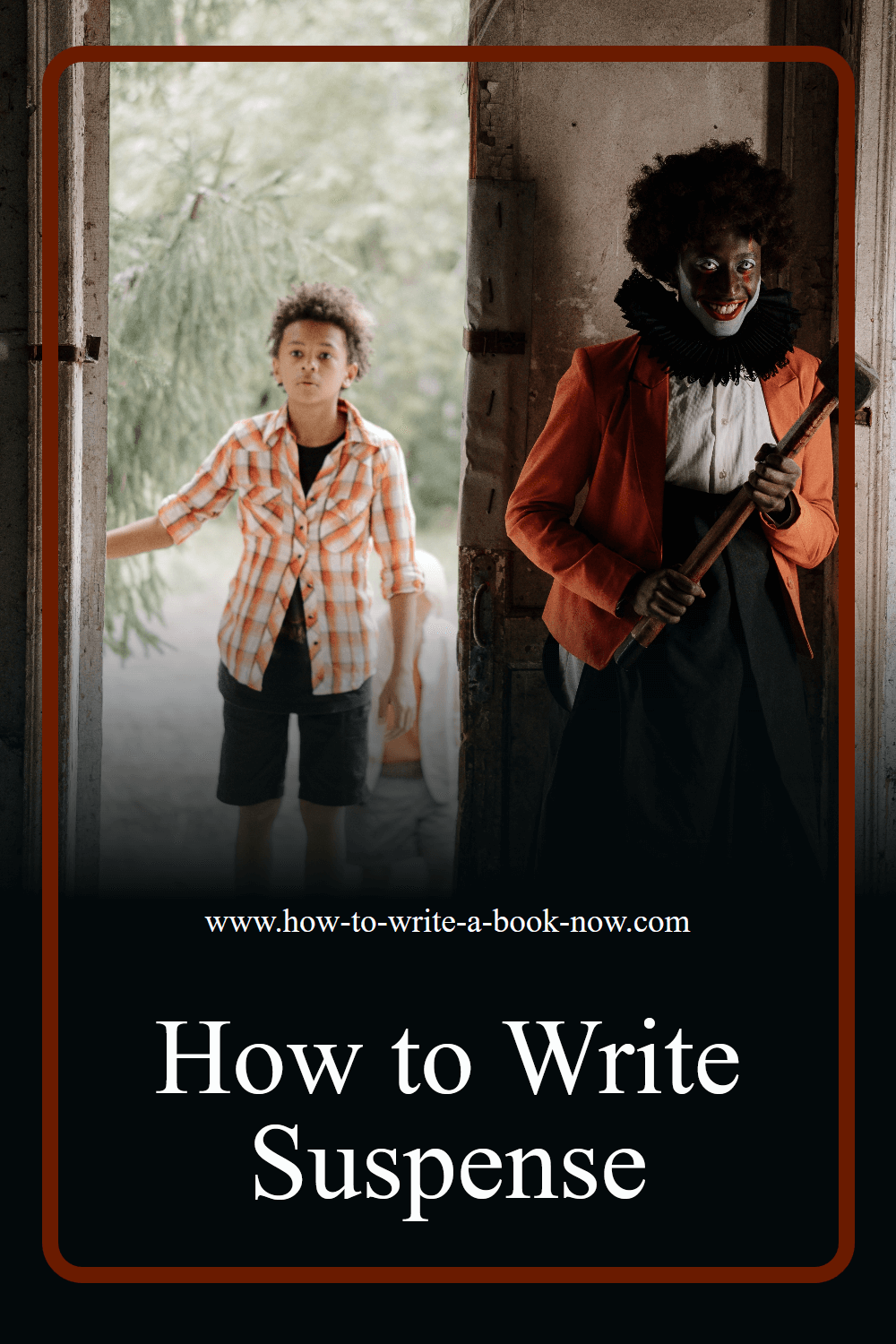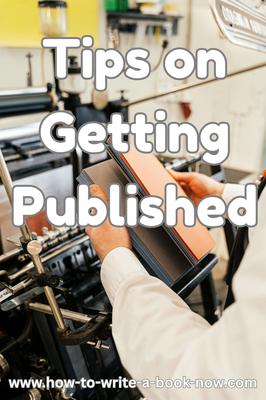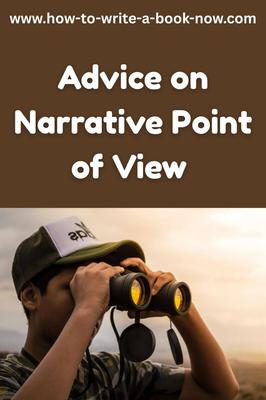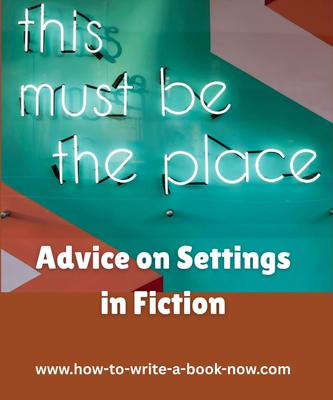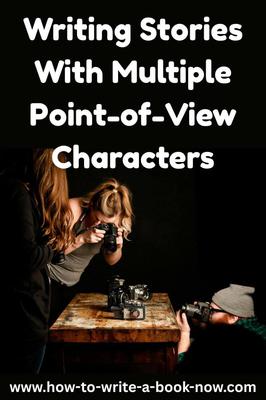How to Write a Thriller
By Glen C. Strathy
I'm hoping that, If you want learn how to write a thriller novel or short story, you are already a fan of the genre and a thriller reader -- either that or you have a particular field of expertise that has given you an idea for a story about a hero confronting a dangerous threat.
Either way, before you write a thriller, it helps to be familiar with the basic traits and structure of thrillers. So I'm going to review those, before showing you how to write a thriller story.
What is a Thriller?
In simple terms, a thriller is a story about a hero who uses his expertise in a particular profession to overcome a threat.
Thrillers share some similarities with other genres, particularly mystery, suspense, and adventure, and also some key differences. For example...
Like mysteries, thrillers often involve a puzzle that must be unravelled from various clues. However, mysteries are more about solving a crime that has already happened and identifying the perpetrator, whereas thrillers are about preventing a crime that has not yet happened, but which the villain is in the process of making happen.
Like suspense stories, thrillers involve a looming threat. However, in a suspense story the main character is the one being threatened, even though she doesn't realize it until the crisis. In suspense, the reader is waiting to see what will happen when trap finally springs and the heroine is forced to confront the villain. In a thriller, on the other hand, the threat is more often to the world or other characters. Moreover, the main character generally becomes aware of the threat early on, resulting in a series of confrontations.
Finally, both thriller and adventure stories tend to be action heavy. Their plots may resemble obstacle races or scavenger hunts. However, adventure stories usually involve the hero achieving something (a victory, a prize, survival, etc.) whereas thrillers tend to be more about the hero stopping someone else (i.e. the villain) from achieving something. Also, adventure stories tend to be about inexperienced or naive characters coping with an unfamiliar situation or terrain, while in thrillers the main character tends to be an expert in the milieu the story takes place in.
Nonetheless, you will see a fair amount of crossover between these four genres. In fact, in recent decades the number of new adventure novels has declined to the point that many libraries and bookstores shelve adventure in the thriller section, while others lump thrillers, suspense, and mystery together under the banner of "crime fiction."
So when you write a thriller, you should feel free to incorporate some elements of mystery suspense, and adventure. At the same time, it is worth knowing the differences among these genres and what readers of thriller novels expect.
What Makes Thrillers a Unique Genre
Thrillers focus on a particular field of expertise.
A true thriller story takes place within the milieu of a particular profession and features a main character who uses his or her expertise in that profession to overcome the threat. Thrillers are full of technical details concerning the main character's profession and the world in which he or she operates.
One thing readers enjoy about a thriller is that gives them a way to learn the details about a profession other than their own, as well as its potential dangers. They like to imagine themselves in the shoes of a smart hero who overcomes tough challenges because of their unique skills and knowledge.
The first thing to know about how to write a thriller is that you must get the details of
the hero's profession and the world he moves in correct, so the story feels authentic and
informative. Your hero should have specialized knowledge which the reader can learn through him. If you are not an expert, you must do your research.
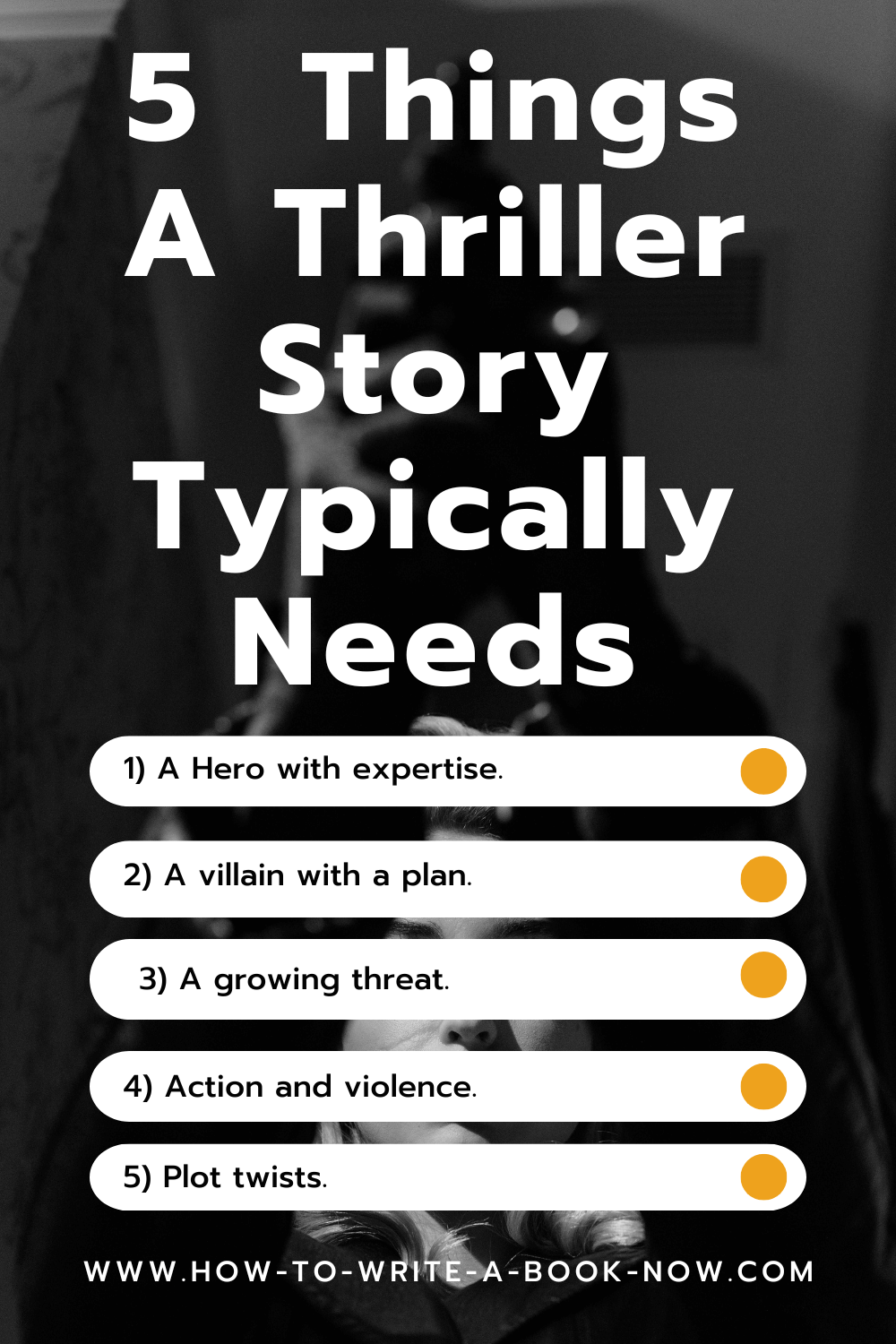
Thrillers revolve around questions like...
- What's the real threat that's looming?
- Who could be the next victim?
- Who can you trust? (Answer: no one.)
Thrillers are plot-driven stories
In general, the thriller stories tend to ...
- Be fast-paced and action-packed.
- Feature intricate plots with many twists.
- Revolve around a big threat which can be emotional but more often involves physical violence or at least the threat of violence.
- Emphasize surprise over suspense.
- Involve heightened emotions, especially adrenaline.
- End in success -- with the villain defeated and the hero triumphant.
How to Write a Thriller Villain...
The next thing to know about how to write a thriller is that thrillers generally have human villains who are a little larger than life. While you can write a thriller about a non-human threat (e.g. a disaster story), most thrillers have human villains. They tend to be power-hungry or wealth-hungry individuals who will stop at nothing to achieve a goal that will benefit themselves but harm innocent people.
In a thriller, the villain generally drives the plot. In other words, the major turning points in a thriller tend to be actions or decisions taken by the villain. In this sense, the villain is often the protagonist of the story who pursues a goal while the main character will be the antagonist trying to thwart the villain's plan. (For this reason, some readers may find themselves rooting for the villain, if you aren't careful to make the villain thoroughly dislikeable.)
How to Write a Thriller Hero.
Thriller readers like heroes to be sympathetic characters who operate in a world where genuine loyalty may be rare. "Trust no one," is the motto of the thriller genre, because most thriller heroes will suffer a betrayal at some point in the story.
For this reason, you want to write a thriller hero who is largely self-reliant with a strong independent streak, so he can cope when his allies betray him. Thriller heroes are often loners or people with only one or two extremely close allies (e.g. sidekicks) who are the only people they can truly count on.
Thriller heroes tend to have a strong moral backbone, which gives them the courage to stand up to power and corruption. They tend to have their own personal moral code rather than rely on authorities to tell them what to do. They tend to be proactive in fighting a perceived threat. And they tend to be clever -- at least, clever enough to outwit the villain.
Much of the fun of reading a thriller derives from seeing how a lone individual is able to defeat a rich and powerful villain (or perhaps an evil organization).
How to Write a Thriller: Start with a Simple Story Idea
Before you start to write a thriller story, you need an idea, one that includes some of the basic story elements expressed as a brief summary. For instance, here's a fill-in-the-blanks approach you might use to develop an idea...
1. Character
A ____________ [unique character with a specialized area of expertise/skills] who _________________ [wants something or wants to protect something, and thus has a strong personal motivation]...
2. Threat
... is plunged into a dangerous situation when _____________ [the initial driver] occurs as a result of ____________ [the threat, such as the villain embarking on a plan or the start of some other disaster]
3. Goal
Now the main character must ___________ [accomplish some objective, such as stopping the villain] before ___________ [a specific disaster happens that will harm innocent people].
4. Resolution
And the only way to do that is for the main character to ___________________.
Fill in the blanks in any order, as ideas come to you, following the instructions in the brackets. By the time you're done, and your summary makes sense, you should be feeling that this is a story you can get emotionally invested in and would like to write a thriller based on it.
How to Write a Thriller Plot
Now let's review the basic formula for how to write a thriller plot.
First, if you've been following this site, you are probably familiar with the W-Plot, which applies to virtually all stories. Here's what it looks like...
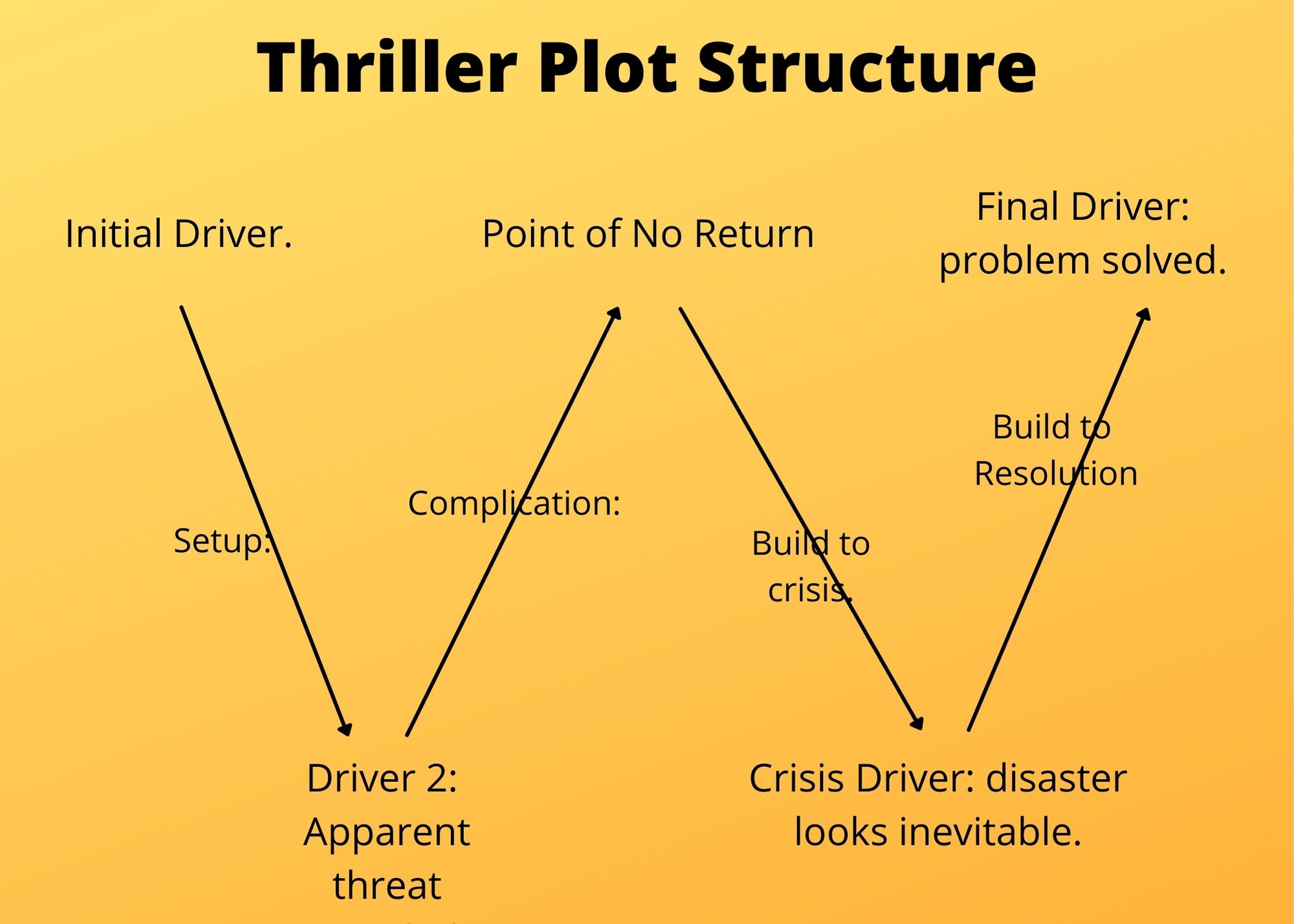
As you can see, it's a four-act model. Each of the lines represents one act, and there is a major turning point (or "driver") at the beginning and end of each act.
When you write a thriller novel or short story using the W-plot, you simply adapt each of the acts and drivers to fit the requirements of the genre. For example...
Initial Driver:
Thrillers generally begin with a shocking event, often involving violence, and usually perpetrated either by the villain or his henchmen. The event tells the readers they are in for a thrilling story. You may want to conceal the significance of the initial driver and the motivation behind it. Nonetheless, it is a taste of what might happen if the villains are allowed to continue unchecked.
Act 1: Setup
In the first act, you introduce the main character, one or more secondary characters. Show how they respond to the initial driver. At the same time, you establish the basic situation and story world.
Second Driver:
In this event, the villains do something (possibly a second act of violence) that reveals the apparent threat, making the plot take a more serious turn. The second driver reveals that initial driver was not an isolated event. There is a bigger plan at work which the main character must discover and stop.
Act 2: Complication
In the second act, the main character will try to figure out what's going on and deal with the apparent threat, while running into complications and obstacles along the way. He might worry about protecting the next victim or who can be trusted.
Third Driver: Point of No Return
The villain's third big move raises the stakes again. Perhaps it makes the threat more personal to the main character. Perhaps it reveals just how big the consequences might be if the villain succeeds. Perhaps it puts the main character in a situation where his career or his life is threatened. At any rate, from this point on there is no backing out.
Act 3: Build to Crisis
In the third act, the villain takes bolder actions and makes progress. He seems increasingly likely to win. Meanwhile, the main character's team may suffer from dissent within the ranks. Pressure on main character grows, perhaps on several fronts. He may feel increasingly isolated and forced to act alone.
Crisis Driver
The crisis driver is an event that makes it seem certain the villain will achieve his goal. The crisis is important because it makes the main character realize that what he has been doing is not working. He must do something big to take control of the situation and win. He may need to completely alter his tactics, give up whatever has been holding him back, overcome his personal limitations, double his efforts, etc.
Act 4: Build to Resolution
Now that the main character has realized what he must do and has committed to that choice, this act will build quickly toward his victory. He may deal with the villain's underlings, stop the apparent threat, confront the villain, etc.
Final Driver
This is the event that determines once and for all that the main character has won. It may be the moment that the real threat is revealed and defeated.
Expanding Your Outline
Some writers at this point will simply sit down and write a first draft with the above structure in mind. If you want to write a very short thriller story, you may not need to do much more planning.
On the other hand, if you want to write a thriller novel, you may need to develop your idea quite a bit more. You may want to develop the backstory, do research on your main character's area of expertise or the setting.
You may want to turn your initial idea turn into a more developed outline. You can do this by specifying what each of the drivers will be and what events will happen in each act. Make sure each event is part of a chain of events linked by cause and effect -- like a chess game being played by the hero and villain.
For a complex story, you may want to write a summary of each event on an index card and spent some time rearranging the cards, replacing them with better ideas, etc. until you have your plot worked out. You can then edit these events together into a complete outline.
Of course, there is much more I could say about the writing process, but that's for other articles.
